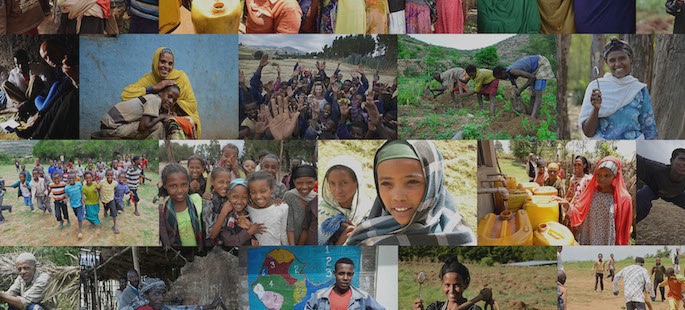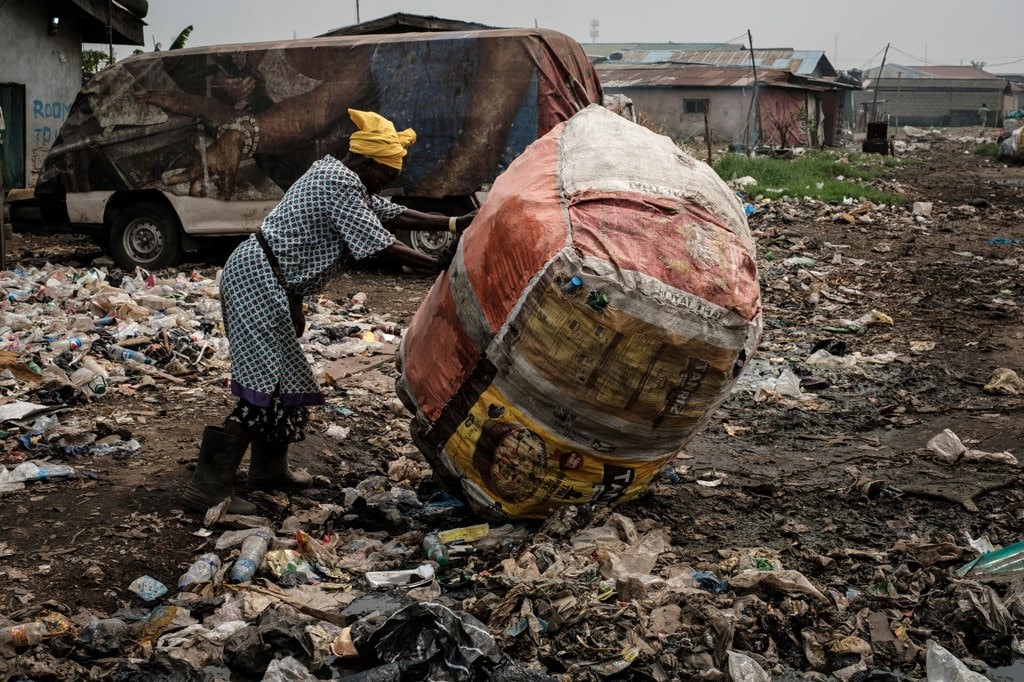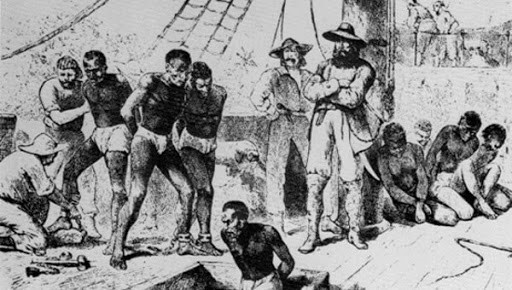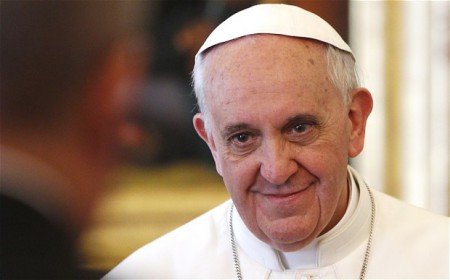
DECEMBER 2nd – International day for the abolition of slavery
In the third millennium enslaved more people than in any other historical period
Established by the UN to commemorate December 2, 1949, the date of approval of the United Nations Convention for the Suppression of Trafficking in Persons and the Exploitation of the Prostitution of Others and rooted in Article 4 of the Universal Declaration of Human Rights

"Slavery was the first human rights violation to be dealt with internationally. Today it requires the vigilant gaze of all of us to eradicate it in a definitive manner. No human being is the property of others".
(Kofi Annan, Secretary General of the UN, on the occasion of the International Year for the Abolition of Slavery, 2004)

The word “slavery” often evokes images of logs and ships of transatlantic trafficking, depictions that seem to be firmly confined to the past (the International Day of Remembrance of the Victims of Slavery and Transatlantic Trafficking is dedicated to that tragedy on March 25th ). Experts have calculated that between the 15th and 19th centuries, about 13 million people were captured and sold as slaves. Today, the UN International Labour Organization (ILO) estimates that 40.3 million people, more than three times more than during the period of transatlantic trafficking, live in some form of modern slavery, feeding a huge business for human trafficking, labour exploitation, sexual exploitation, including of children and minors, forced domestic work: a more inhumane practice than the other that affects all countries of the world, especially in sectors such as agriculture, fishing, crafts, mining, catering, services and domestic work.
Not forgetting the children who live in war zones. According to Unicef data, about 250,000 children are actively involved in the conflicts that are tearing apart 42 countries around the world. These children operate as soldiers, porters, spies, messengers.
A HISTORICAL LOOK AT THE PATH OF HUMANIZATION
Article 5 of the Charter of Human Rights expressly prohibits trafficking in human beings. “No individual shall be held in a state of slavery or servitude; slavery and the slave trade shall be prohibited in any form whatsoever”. This is the peremptory prohibition contained in Article 4 of the Universal Declaration of Human Rights, substantially reaffirmed by Article 8 of the International Covenant on Civil and Political Rights, with the addition that “no one shall be forced to perform forced or compulsory labour”. The prohibition is among the oldest in customary international law. A Declaration on the Abolition of the Slave Trade dates back to 1815, followed by several international treaties and conventions: among others, the 1949 Convention for the Suppression of Trafficking in Persons and the Exploitation of Prostitution, the 2000 Protocol on Trafficking in Persons, especially Women and Children, supplementing the Convention against Transnational Organized Crime, the Protocol to the Convention on the Rights of the Child on Trafficking, Prostitution and Child Pornography. At the European level, the 2000 Council of Europe Convention on Action against Trafficking in Human Beings and the Directive of the European Parliament and of the Council of the European Union of April 2011 on preventing and combating trafficking in human beings and protecting its victims are worth mentioning.









